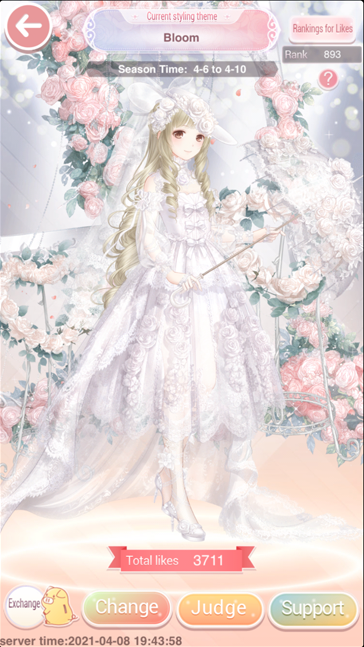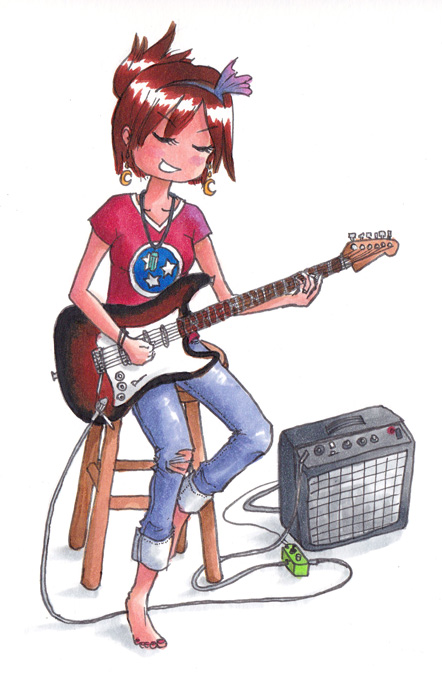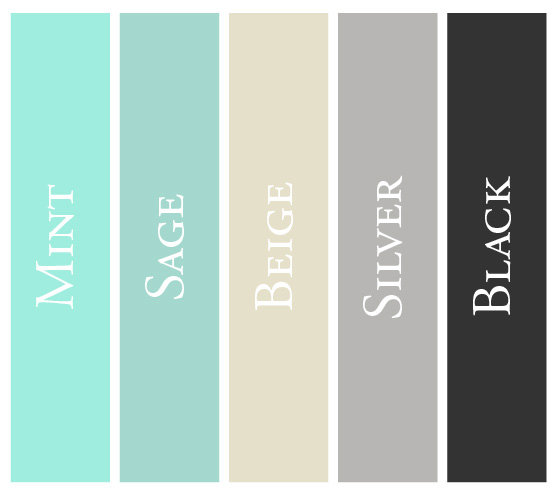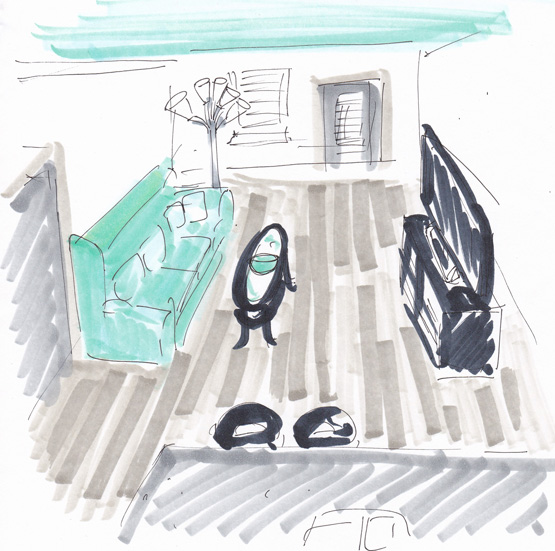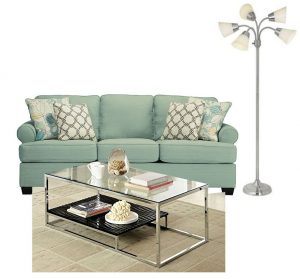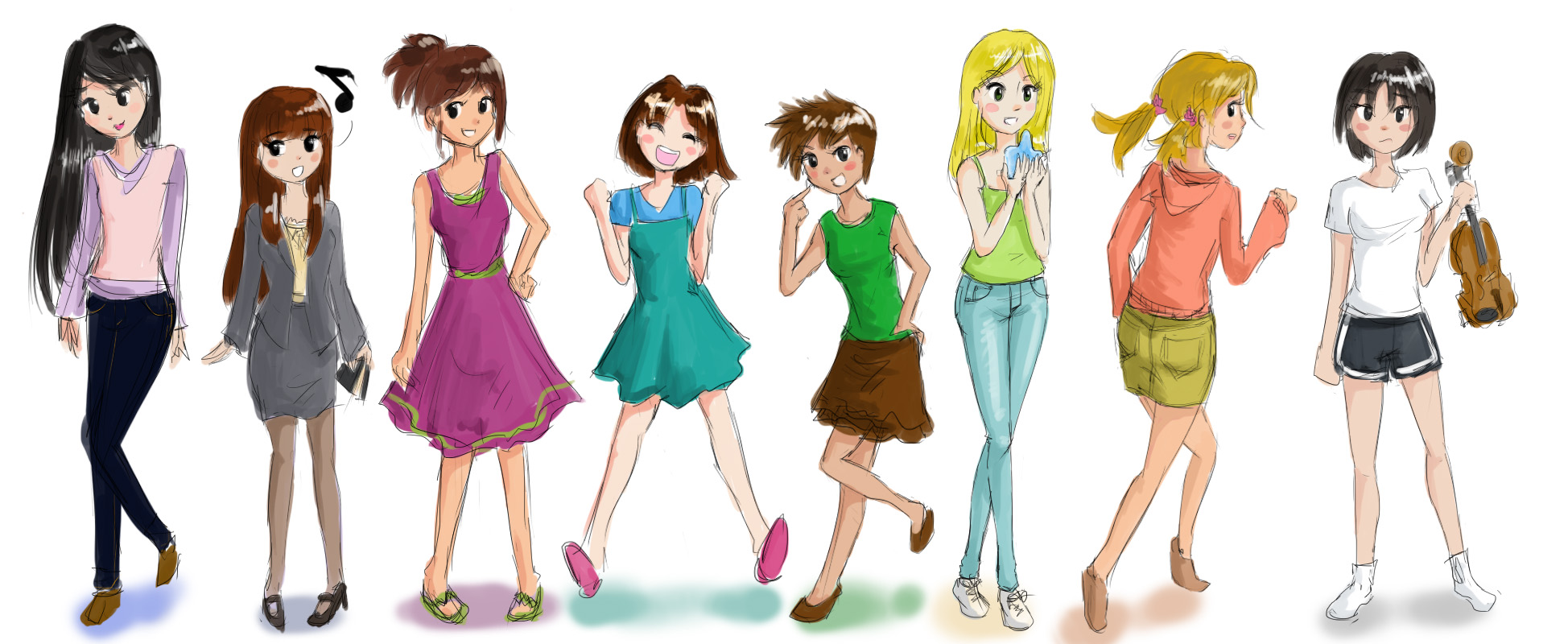(1) The reason I always considered myself an introvert is because I find that the sensory input when I’m walking and eating alone is so much more fascinating – and dense – than when I have to spend all my attention and senses on what I’m saying and what’s being said to me. I love talking (which is presumably why I’ve been told that I’m not an introvert by several friends) – I just like not talking even more. (3) The difficulty in being satisfied with talking – an inherently linear process – lies in not being able to convey the nonlinear thought process, so that it always feels like a video game where you are stuck walking along a narrow path, invisible barriers preventing me from exploring or sometimes even looking at the vast landscapes on either side. This blog remains one of my only outlets to record my thoughts as I experience them, so now I will do just that; (8) I will not make much attempt to reorder the text, but furthermore, just for fun, I am going to insert numbers to indicate the order in which I write the text.
(2) Today, after watching the Olympic closing ceremony and being tickled by the sense of humor in the choreography “fixing” the malfunctioning Olympic ring (which I think also makes political sense, versus say publicly sacking whoever was responsible for the original error as might have been expected), I headed out into the unseasonably warm day. I say unseasonably warm because that’s the proper interpretation – not that the polar vortex temperatures were unseasonably cold. Regardless of the cause, I have realized that the data agree with my intuition that the Boston I’ve returned to is warmer than the Boston I left as a child: the National Weather Service ‘heating days’ records show that this winter has been barely colder than average (the copious snow, however, has indeed been far above average). Add this to global data that the world as a whole continues the 21st century block of warmer temperatures and the XKCD comic about generational amnesia seems quite plausible.
(4) In any case, because it has been so warm these past two days, the massive piles of snow have finally melted enough that the park benches outside are once again accessible, and the homeless people have re-emerged to occupy them. As I passed by, one man shouted loudly using a racial slur to deride a black man who apparently refused to let him bum off a cigarette. Another homeless man – also white – responded with a loud reprimand, admonishing him for the slur. The fact that people still use such slurs bothered me of course, but I actually found myself more fascinated with how frank this discussion was, regardless of the context; my friends had pointed out just the previous night how deadly it is to be labeled a “racist” now. Yet I feel like half the time, we’re burying the issues, and prominent people who are adept at playing the political game strike me as far more racist than the homeless man controlled by nicotine dependence. They just happen to dance around the “trigger words,” like a cancer that doesn’t produce typical lab test markers.
(5) Continuing onto the T, I was beside an enormous hunchbacked man – bearing no small resemblance to Matoi Isshin from the anime “Kill la Kill” – who spoke to himself endlessly in a high-pitched voice, most of the words coming out nonsensically with florid, spontaneous prosody resembling a touch-tone telephone if you were to button-mash the numbers. I believe he was talking about Chinese communists, (7) but who knows. As an aside, I’ve come to think that (9) the liberal-conservative spectrum might be best explained by an issue of “scope of relevant people.” I don’t like to believe that the average person is malicious, even when they disagree with my positions, and that has led me to a refinement of the ideas I wrote about much earlier in this blog explaining how I came to understand the inner struggle between Aizifalian and Oizifalian “perfect systems” (I think I made graphical diagrams showing how these are structured fractally). My earlier distinction was between a government where there is all central nodes are empty – i.e. there is a hierarchy, but all people are equidistant to the center, requiring each person to contribute through personal responsibility; and a government where every central node is filled, requiring an omniscient, optimal dictator in the center. Another way to explain thought as a dueling dichotomy, however, is to instead consider two extremes: one where a person only considers him/herself to be of relevance, and one where a person considers all people in the world to be of relevance. Along this spectrum are those who only think about their immediate family, to those who are concerned with the local community, to those concerned with their country, and finally to those with a more global vision. The boundaries of the scope of concern speak to the natural tendency to want to split between “us” and “them” – a discrimination that can be found in all people except for babies. Conflict then arises because of the unequal distribution of “concern,” straining relations between those who are concerned for each other. I’m not yet sure whether this makes more or less sense – or simply coexists – with the struggle between personal responsibility and obedient structured society.
(6) I next went to Cosi to eat some hummus for lunch. I happened to end up seated near the trash can and kitty-corner from an MIT sophomore and her very tall acquaintance. It seemed that she was late, and that he had forgotten how old she was. In any case, while waiting for my food, I decided to buy the Kindle Edition of (10) Pale Fire – I’ve always meant to read more Nabokov, and the moment I read a review that said, “Don’t read any other reviews, don’t read the jacket cover, just read the novel,” I immediately bought the book. While reading the lengthy “forward” that opens the book, I listened to my two neighbors discuss the current state of affairs in the Ukraine, up to yesterday’s release of Yulia Tymoshenko and the forced ouster of Viktor Yanukovych, which the man appeared to be happy about. What I was intrigued by most, though, was that the man kept referring to Tymoshenko as “the lady” – I wondered to myself if he forgot her name – and if he had, why he didn’t use, say, “the former prime minister” or “opposition leader” which has a lot more relevance to her recent predicament than her status as a “lady.” At the same time, I was very immersed in Pale Fire, having realized that the construction seemed like a conceit which the more contemporary novel “S.” might have been influenced by. (Aside: I’ve recently been reading up on English grammatical rules (http://en.wikipedia.org/wiki/Common_English_usage_misconceptions), based on an investigation of the split infinitive in the Star Trek opening monologue. I had long since already realized that it is perfectly fine to begin sentences with conjunctions – preferably if they’re full sentences otherwise, but occasionally even if they are intentional fragments. And I’ve allowed passive voice and double negatives as (again intentional) effects. The two holdouts, then were the split infinitives and the dangling prepositions. What a relief it is to no longer worry about these silly things!)
(11) Having finished my large animation project this past week, my creative attention has now shifted to the large writing project, hence my interest in examining literature. Bringing closure to the open ends and open questions has been so rewarding, and I hope that I can finish all of these projects within the next year.
